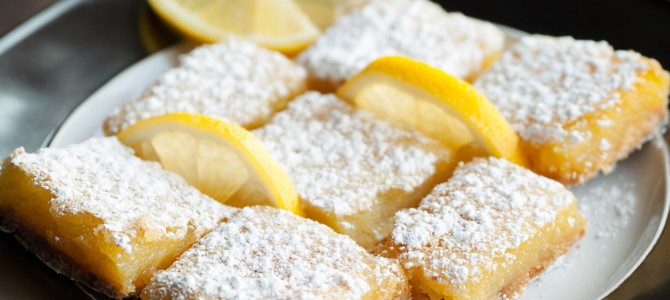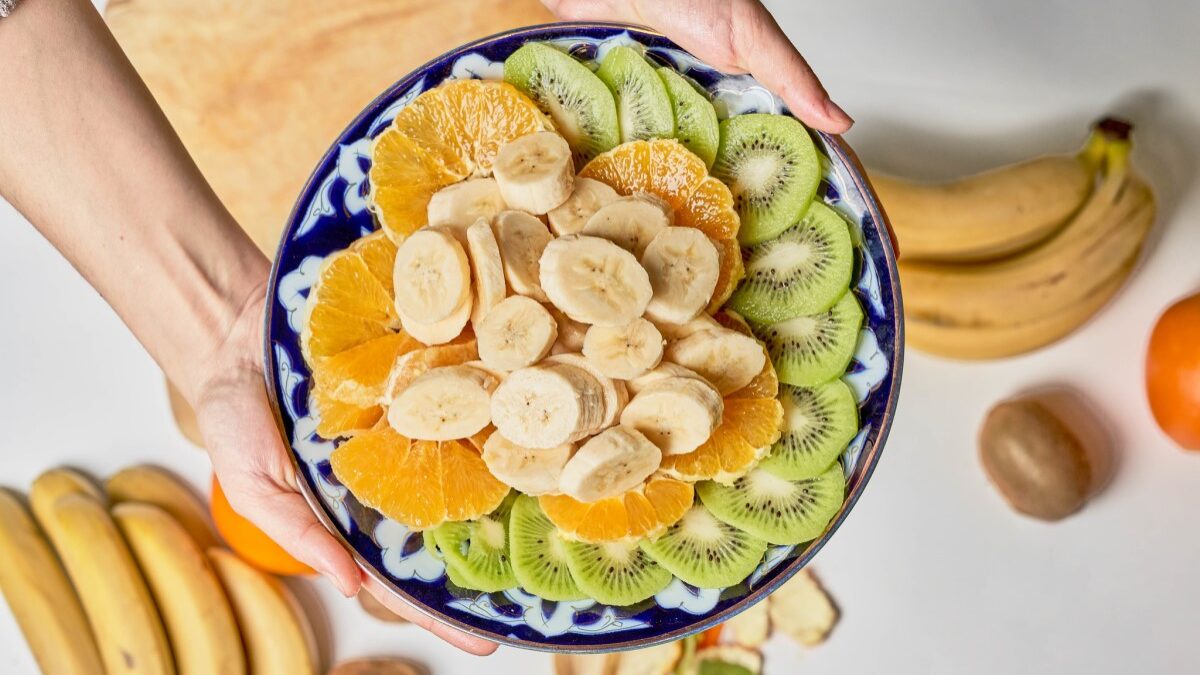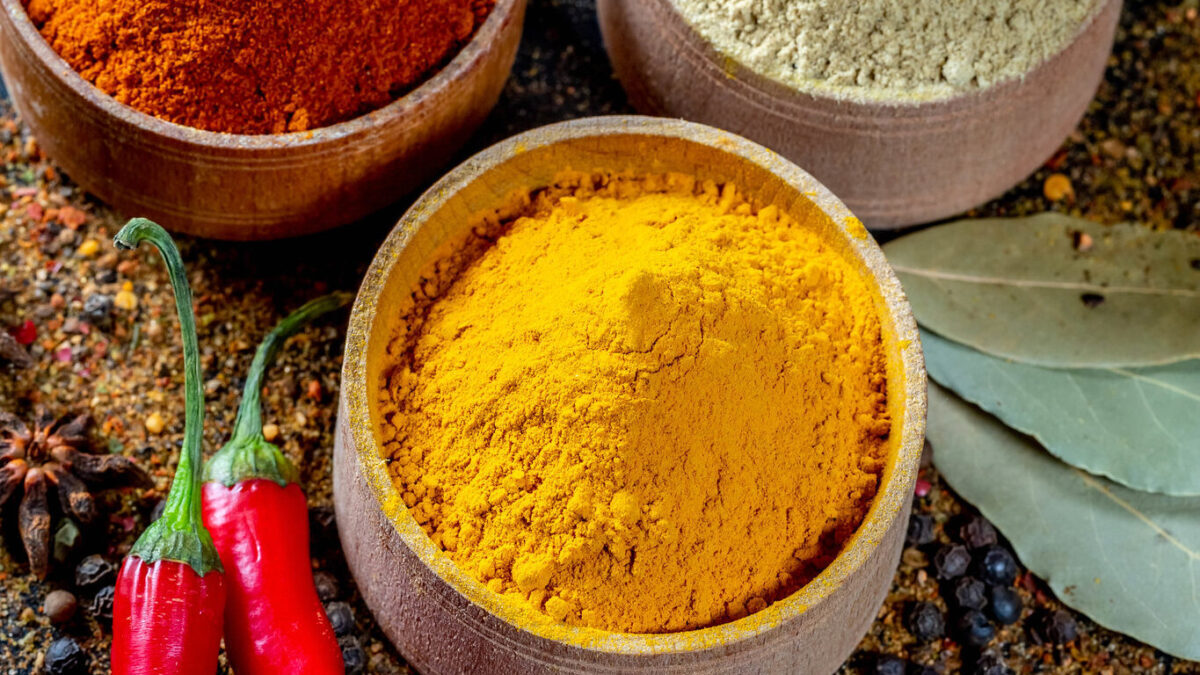
When the 2008 financial crisis started affecting the economy, I worked in higher education. After years of growth, state universities across the country were suddenly finding themselves with shrinking endowments, the very real possibility of smaller appropriations from state legislatures, and growing structural deficits. It was a mess, and at the office I heard a number of presentations about the budget and the grim financial future ahead.
At one meeting, one of the higher administrators said, “I’d like to find the guy who said ‘may you live in interesting times’ and smack him upside the head.” Watching what’s been happening in American politics, and especially in the GOP presidential primary, I know exactly how that administrator felt.
I’ve been fascinated by politics since I was in high school, and before. I grew up during the Cold War, and for most of my life, politics had a weight and meaning, or at least seemed to compared to the petty quibbles that make up the majority of contemporary political life.
The past few years, the trend toward a less-serious politics has picked up some significant steam, which is now why many of us find ourselves wondering how a former real-estate tycoon and reality television star is poised to become the candidate of the party many of us have spent our entire lives voting for, supporting, and defending. As I watch the political landscape change into something I don’t really recognize, lines from William Butler Yeats’ poem “The Second Coming” keep going through my mind:
Turning and turning in the widening gyre
The falcon cannot hear the falconer;
Things fall apart; the centre cannot hold;
Mere anarchy is loosed upon the world,
The blood-dimmed tide is loosed, and everywhere
The ceremony of innocence is drowned;
The best lack all conviction, while the worst
Are full of passionate intensity.
Now, this may seem dramatic (because it is), but I’ve always liked how Yeats is able to communicate the sensation of being absolutely powerless while watching life-changing events unfold around you. The unexpected rise of Donald Trump has me feeling a fun mix of confused and irritable. In response, I have spent a lot of time in the kitchen.
Yes, the kitchen. As I’ve written before, I love to cook. My mother yanked us into the kitchen as often as she could. As a child, I rolled tortillas, and as I got older I learned how to make gravy from a roux, knead bread, fry foods without being afraid of the hot oil, and the magic that is cumin.
In my current job of stay-at-home dad, I already spend a lot of time in the kitchen, trying to make a variety of foods I hope the kids eat so their dietary intake is more than just mac and cheese and pizza. (Although I do make pizza every Saturday. I recommend this pizza crust recipe—easy and tasty.)
From time to time, though, I go into the kitchen when the kids don’t need to be fed immediately and start cooking something just to enjoy the simple pleasures that the kitchen brings. There’s nothing partisan about flour, butter, and eggs. That spaghetti sauce doesn’t care what you think about Donald Trump. The kitchen allows me to hyper-focus on a single task while creating something I also hope the kids won’t completely reject.
There are three facets to what I think of as “kitchen therapy,” a name I just came up with because I’m not really creative about naming things.
Cooking Can Be Violent, and That’s Good
Recently, I made bread. I used a basic recipe for white bread from Betty Crocker. At one point the recipe tells you to knead the dough for ten minutes. Kneading bread dough by hand is actually much more physical and fun than it sounds—it’s a full ten minutes of pulling, folding, and pushing dough into the counter again and again and again.
Although it may seem like a waste of time, kneading dough is an extremely important step in the bread making process. It’s tiring, but also a great way to relax. That stress over the article or poll you just read? Worries about the future? They may not be gone after you’re done kneading, but you’ll be more relaxed when you think about them because you just spent ten minutes burning off whatever nervous energy you had before you started.
Cooking is beating eggs, cutting vegetables, boiling water, and drenching sliced-up bits of animal parts in hot oil. When cooking, you have a better-than-average chance of being cut, burnt, or otherwise injured. Cooking can be dangerous, and that’s exhilarating, because the kitchen is the one place in our guarded, safe-space, bubble-wrap world where you can inflict violence upon ingredients while having to show respect for that cast-iron pan that is just waiting to hurt you. Get distracted? That pan and the laws of thermodynamics will show you who’s boss.
This may not sound all that great, but after the pans have cooled and people are eating what you just created, there is a moment where you realize that you were so busy trying to keep from getting hurt and make sure nothing was burning that you forgot about everything else going on in the world. It’s like meditation, but with food.
Cooking Is Nostalgic, and That’s Good, Too
I grew up eating authentic Mexican food. My mother cooked us food that her mother, my Grandmother Garcia, taught her to make. Whenever I’ve had the “what would your last meal be” conversation, I always answer that there is nothing better than a fresh, warm, flour tortilla wrapped around fried chorizo and scrambled egg. It’s hard to find good chorizo in Maine, so more often than not I make that meal with a local breakfast sausage and egg, but the moment I bite into that tortilla is still comfort food heaven.
There are few smells sweeter to me than pinto beans simmering on the stovetop. The ingredients are simple: pinto beans (not soaked), salt, water, and bacon or salt pork. The process takes hours, and some babysitting—boiling water needs to be added every hour or so. When the beans are done, one is rewarded with savory beans and water that can be used for anything from making bread to making soup stock heartier.
Food is history, handed down by family recipes. Smell, process, taste—every time I cook using a recipe handed down from others, I feel a connection to all those who have come before. For me, this connection comes when I make pinto beans or flour tortillas. For my wife, it comes when we make baked mac and cheese or the Pennsylvania Dutch version of chicken pot pie.
My wife was born in Pennsylvania and many of her favorite foods are from Lancaster County. A recipe her grandmother gave her is comfort food at its best. It has all the ingredients of chicken pot pie, but the crust is embedded as noodles. Here is the recipe.
Nanny Hoffman’s Chicken Pot Pie
3 cups cooked chicken
2 medium potatoes, sliced into 1/4-inch disks
2 medium onions, diced
3 carrots, cut into slices
2 cups chicken stock, boiled
Parsley, salt, pepper
For the noodles:
2 cups flour
2 beaten eggs
1 Tablespoon butter
1/8 cup milk or water (You will need more milk or water. Add until the dough is formed)
1/2 tsp. salt
Mix butter, flour, and salt together. Add eggs and milk or water. Mix until dough forms. Roll as thin as possible, and let stand for 30 minutes. Cut into one-inch squares.
Line bottom of pot with potatoes. Add a layer of noodles, then onions, then carrots. Sprinkle with salt, pepper, and parsley, then add a layer of chicken. Repeat until nearing the top of the pot. The top layer should be noodles. Pour the boiling chicken stock over all. Add as much chicken stock as you want—two cups is just a recommendation. Cover tightly and simmer for 20 minutes.
Trust me. Make this for your family, and they will enjoy it. This is pure, stick-to-the-ribs comfort food.
Cooking Is Pure Indulgence—Enjoy It
One of my favorite recipes to cook is Julia Child’s Boeuf Bourguignon This is what the page in the cookbook I own looks like:

This recipe takes most of a day to cook, involves multiple steps, and is probably the most delicious thing you will ever make (and smell) in your kitchen. Cooking doesn’t need to be complicated to be enjoyable, though. One of the most popular meals I make are my family’s version of chalupas: Put oil in shallow pan. Heat oil up. Place corn tortillas in oil and fry until crispy. Cover fried tortillas with refried beans and available toppings. Eat.
This meal is near-perfect kid food. The last time I made it, my four-year-old son ate four of them. It is a protein and fried-goodness bomb that you can augment with vegetables, cheese, and salsa.
Cooking is fun, but serving is better. There are few things more satisfying than watching your family enjoy a meal you spent time creating, or cutting bread you made to make something as simple as peanut butter and jelly sandwiches. Kitchen therapy, when successful, allows you to lose yourself in the process of making and then enjoy the moments spent around a table with the people you love as they all eat the fruits of your labor.
Kitchen therapy comes down to this: When life, or politics, hands you lemons, make lemon squares. Kids love them, and they’re fun to make. Everybody wins.









